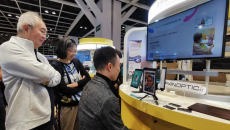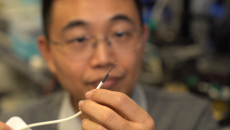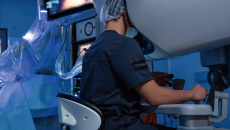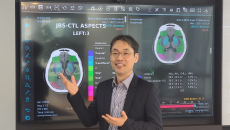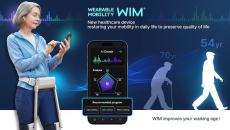Medical devices
Also, fitness technology company GOQii has introduced an AI-powered post-organ transplant care programme.
HIMSS25
Gunnar Trommer of BCG X and Erik Adams of BCG give highlights of their upcoming HIMSS25 panel on the capital needed to develop and commercialize AI-powered medical devices and on completing regulatory milestones like 510(k) clearance.
HIMSS25
Claroty's Ty Greenhalgh and St. Luke's University Health's Mike Powers say that, due to lack of patient focus by some IT personnel, initial hurdles were sharing knowledge back and forth and making sure that everyone was on the same page.
PanopticAI also claims to be the first in the city to obtain US FDA clearance for software as a medical device.
The multifunctional biomedical robot can do imaging, sampling, and laser ablation.
Also, Aevice Health from Singapore has obtained new investment for its global expansion.
KOSDAQ-listed company JLK's CEO Dong-Min Kim explains how they intend to capture the world's largest medical imaging market this year.
Also, an Indian startup that offers generative AI-powered insurance technology solutions has received seed funding.
Hiring a third party responsible for dropping a network inside a home that manages the network, devices and security, then leveraging a health systems' clinical expertise to deliver care, works, says Anahi Santiago, CISO at ChristianaCare.
Dr. Jay Anders, chief medical officer at Medicomp Systems, says it is necessary to slow down AI implementation due to a lack of transparency, AI not being trained on real-patient data and the potential implications of synthetic data use.


